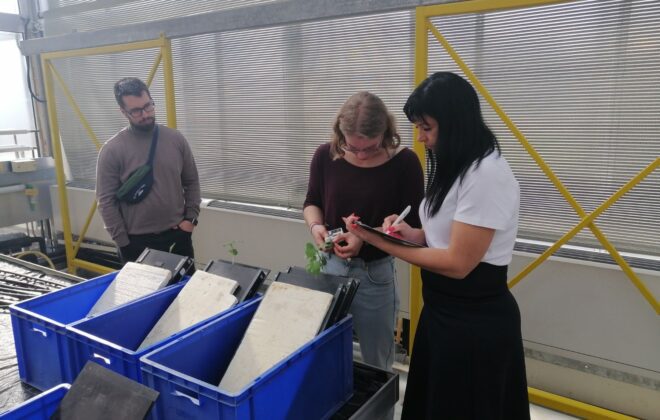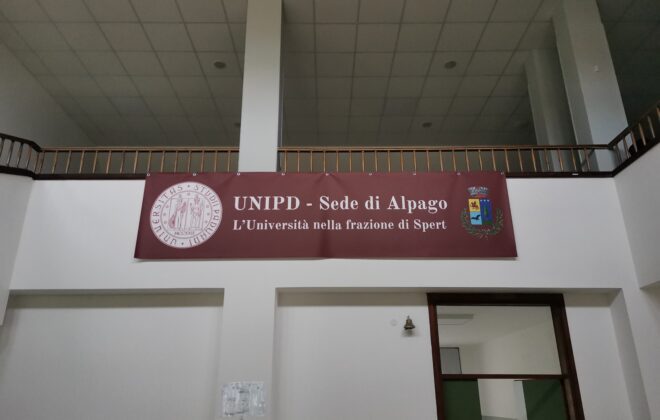Short-Term Scientific Mission Experience in Sunflower Root Phenotyping
As part of our project, a Short-Term Scientific Mission (STSM) was conducted to advance sunflower root system phenotyping and analyse the adaptability of different inbred lines to drought stress. The research stay provided valuable insights into optimizing phenotyping methods for sunflower breeding programs, focusing on both root architecture and seedling growth under controlled conditions.
We decided to prepare the interview with Dr. Boško Dedić, who spent over a month at Forschungszentrum Julich (FZJ) in Germany as part of his STSM.
CROPINNO: Boško, you recently completed a Short-Term Scientific Mission (STSM) as part of the CROPINNO project. Can you tell us about your experience and the main goals of your visit?
Boško: Absolutely! My STSM took place at the IBG-2. Institute part of FZJ research centre, where I focused on phenotypic characterization of sunflower inbred lines, particularly their root systems. The goal was to analyse how sunflower roots develop under controlled drought stress conditions using high throughput phenotyping tools. Additionally, I conducted data analysis on root architecture and seedling traits to gain deeper insights into drought adaptation mechanisms.
CROPINNO: That sounds fascinating! What methods did you use to study the root system?
Boško: We applied a combination of greenhouse and laboratory experiments. Sunflowers were grown in rhizotrons during my previous visit, which allowed us to monitor root growth daily through an automated imaging system. Each image was manually traced to extract data on root length, branching patterns, and biomass accumulation. At the end of the experiment, we performed detailed phenotyping of both the aboveground and root parts of the plants, measuring leaf area, stem biomass, and root architecture.
CROPINNO: What kind of data analysis did you perform, and how did you process all the collected information?
Boško: Data analysis was conducted using R software for statistical evaluation and visualization. Results will help us in refining our methodologies for large-scale phenotyping.
CROPINNO: What impact do you see this research has on sunflower breeding?
Boško: The insights from this research can greatly improve breeding efficiency and help us to collect information of plant roots. By identifying key root traits linked to drought resistance, breeders can select the most promising genotypes faster. Of course, the experimental setup can be used to phenotype crop response to other environmental factors.
CROPINNO: Any plans for future research?
Boško: Yes! The next step is to prepare a scientific publication based on these findings. Additionally, we plan to implement phenotyping approach at the Institute of Field and Vegetable Crops in order to evaluate a wider range of sunflower genotypes.
CROPINNO: Thank you, Boško, for sharing your experience! Your work is a valuable contribution to the CROPINNO project and sunflower research.
Boško: Thank you! I’m excited to continue this research and collaborate further with the CROPINNO team.
Related Posts
Leave a Reply Cancel reply
Recent news
- CROPINNO Participation in Summer School ‘Why Do We Study Plants?’
- From applications to reporting: learning EU project management in Rostock
- Short-Term Scientific Mission Experience in Sunflower Root Phenotyping
- Strengthening Administrative Skills for EU Projects
- Non-invasive plant phenotyping approaches




